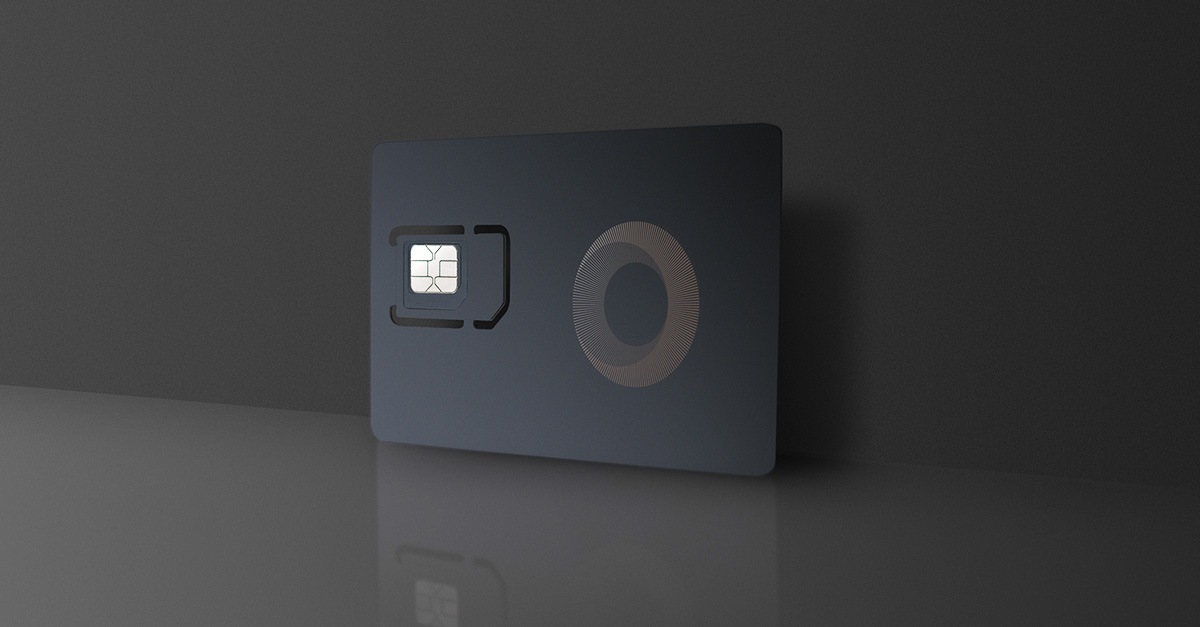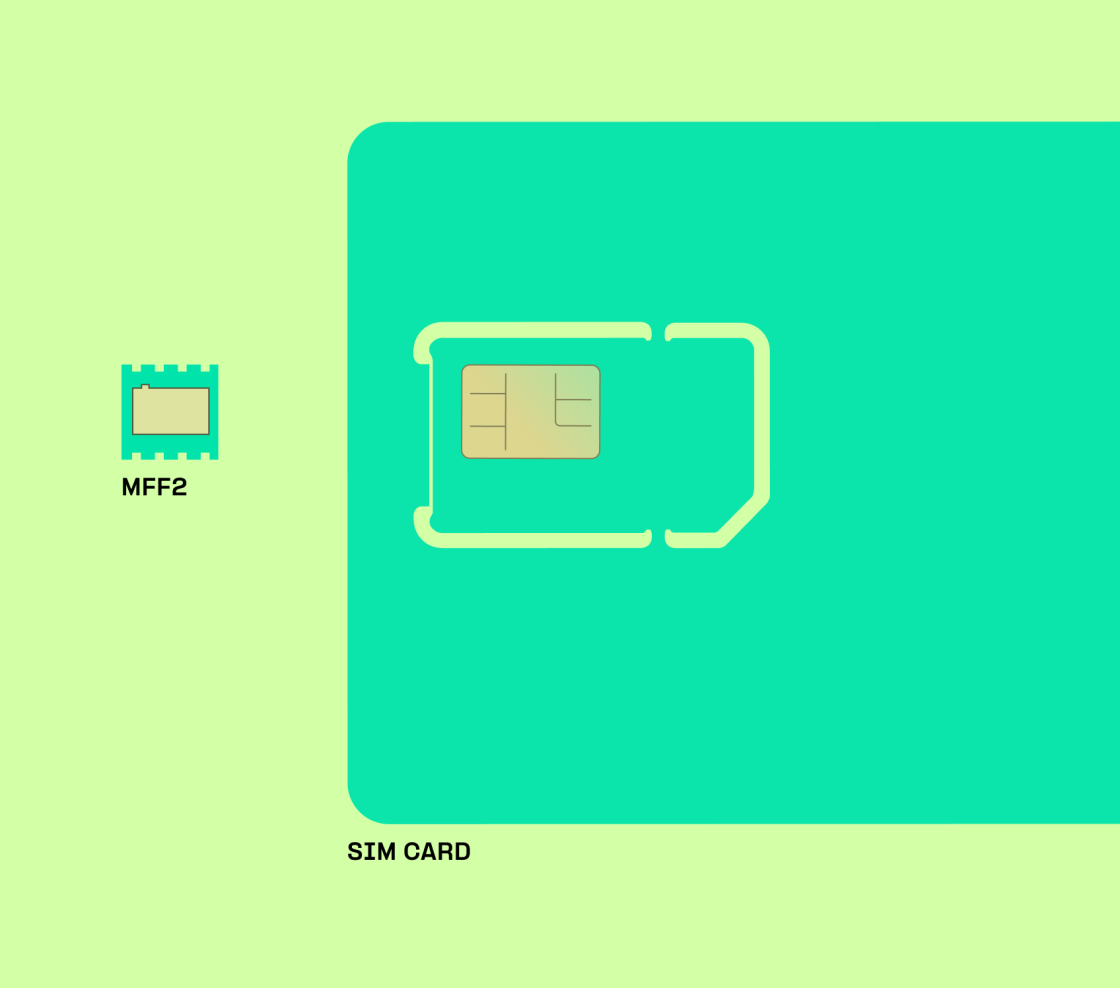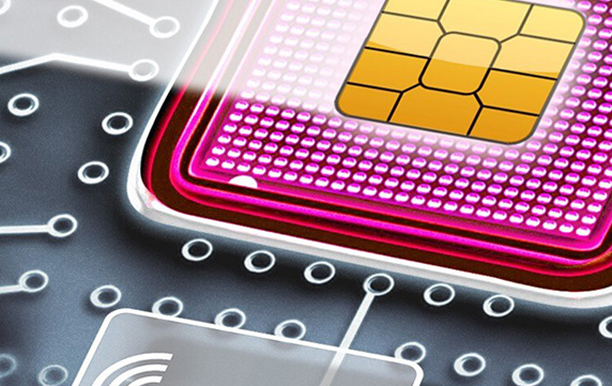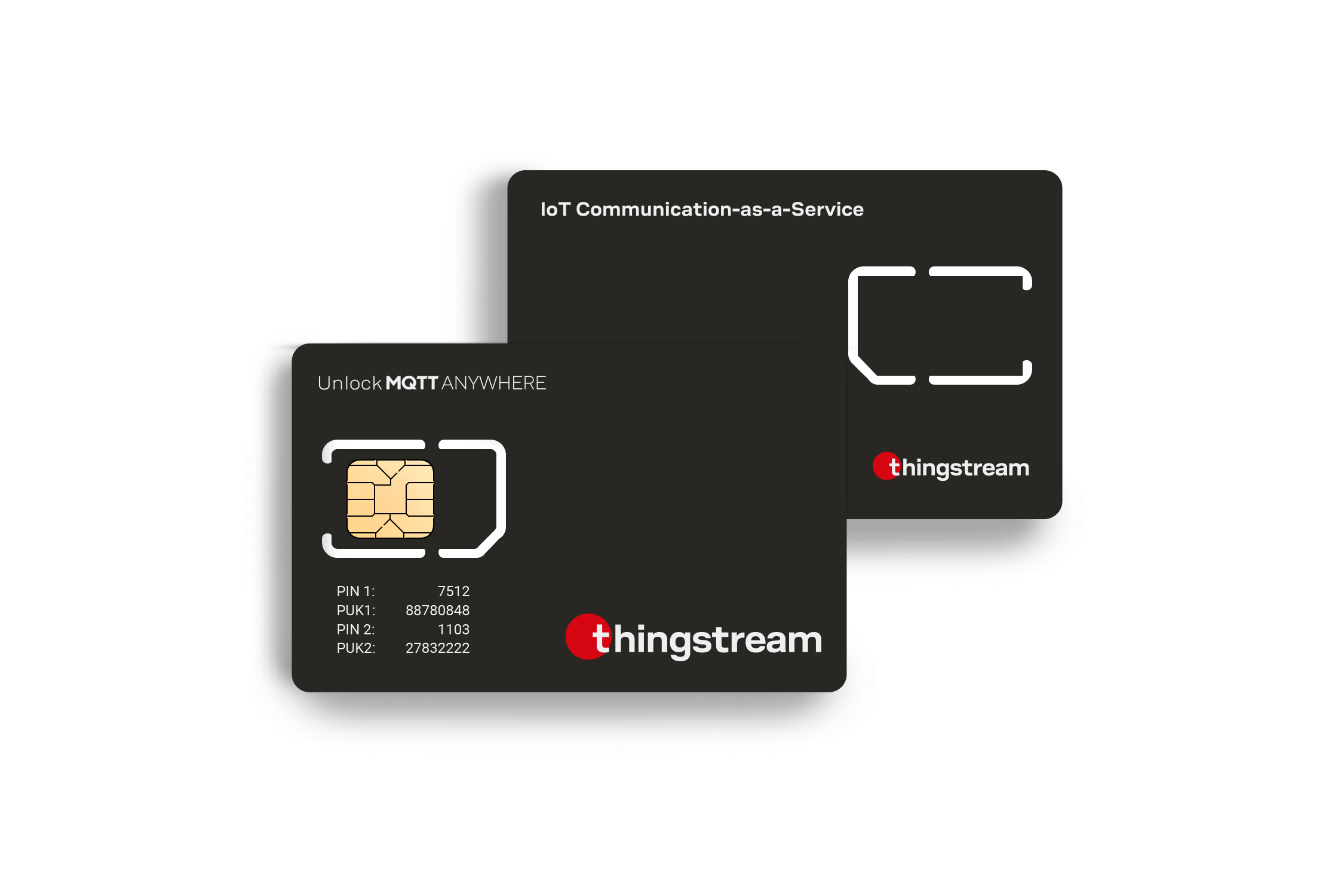Hologram Iot Sim Card IoT SIM Cards Explained Understanding Differences
The panorama of the Internet of Things (IoT) is marked by a multitude of connectivity standards and protocols designed to facilitate communication between devices, purposes, and companies - Hologram Iot Sim Card. Each standard addresses particular wants and eventualities, making it essential to compare these protocols based mostly on factors like scalability, range, energy consumption, and application suitability.

IoT connectivity standards encompass a wide selection of technologies, together with Bluetooth, Zigbee, MQTT, CoAP, LoRaWAN, and cellular protocols corresponding to LTE and 5G. Understanding the strengths and weaknesses of those standards can information companies and builders in choosing the best solution for his or her applications, ultimately impacting the effectivity and effectiveness of their IoT ecosystems.
Bluetooth is a broadly adopted standard recognized for its short-range connectivity. Bluetooth Low Energy (BLE) provides lower power consumption, making it appropriate for battery-operated units. This protocol is especially efficient for consumer IoT applications, corresponding to health trackers and smart house devices. However, its restricted vary could be a important disadvantage for functions that require long-distance communication.
Iot Board With Sim Card IoT Industrial Business SIM Cards
Zigbee, another popular IoT protocol, is well-suited for mesh networking. This permits units to communicate over greater distances by relaying information between nodes. It operates on low power and is usually utilized in smart lighting and home automation systems. Zigbee's power lies in its ability to assist a giant number of devices within a network, making it best for smart building functions.
On the other hand, MQTT (Message Queuing Telemetry Transport) is a lightweight messaging protocol designed particularly for low-bandwidth and high-latency networks. It excels in situations where real-time communication is essential, similar to in remote sensor networks or machine-to-machine (M2M) communication. MQTT is designed for environment friendly message supply, making it a top choice for IoT applications that require instant data transmission.
Iot Sim Card copyright IoT SIMs Embedded Connectivity

CoAP (Constrained Application Protocol) is one other messaging protocol tailor-made for constrained units on lossy networks. It is usually used in applications with strict necessities concerning power utilization and knowledge overhead. CoAP operates over UDP, which allows low-latency communication, making it best for real-time data transfer in smart city applications and industrial automation.
LoRaWAN (Long Range Wide Area Network) serves a unique objective, targeting low-power, long-range communication. Prepaid Iot Sim Card. It is especially effective for IoT functions that need to cowl giant geographic areas, such as agricultural sensors or city-wide monitoring methods. LoRaWAN networks can assist hundreds of gadgets, providing scalability that many different protocols may lack.
Cellular networks, particularly LTE and 5G, provide a strong connectivity possibility for IoT gadgets requiring high bandwidth and low latency. 5G is designed for large IoT implementations with low latency, enabling real-time communication for applications such as autonomous vehicles and smart healthcare. However, the value of cellular connectivity can be prohibitive for smaller tasks, making it important to gauge the price range alongside technical requirements.
Iot Sim Card Global IoT SIM Card

Security is one other critical consideration within the comparability of IoT connectivity standards. Each protocol has its personal method to information encryption and device authentication. MQTT, as an example, can profit from SSL/TLS encryption, whereas CoAP presents Datagram Transport Layer Security (DTLS). Ensuring sturdy safety measures is important, particularly in situations involving delicate knowledge, corresponding to health monitoring.
Interoperability is a significant problem in the IoT domain, as myriad devices and platforms often utilize completely different protocols. Ensuring compatibility between various systems can complicate implementation. Some standards, similar to Zigbee and MQTT, present bridges or gateways that facilitate interoperability with different protocols, enabling extra seamless integration within an IoT ecosystem.
Latency and bandwidth requirements differ tremendously amongst completely different functions. Low-bandwidth, high-latency purposes like smart agriculture could discover success with LoRaWAN, while real-time applications such as video surveillance could necessitate high-speed connectivity supplied by 5G. The selection of connectivity protocol should align with the particular necessities of the appliance in question to foster optimal performance.
Iot Sim Card copyright Why not use consumer SIMs IoT projects
Environmental components also play a role in determining the most appropriate connectivity standard. Urban environments may present challenges for protocols like LoRaWAN as a result of obstruction and interference, while BLE could battle with distance in large-area deployments. Understanding the physical environment by which the units will operate is critical for guaranteeing dependable connectivity.
Deployment situations, whether they involve city, rural, or industrial settings, tremendously affect the choice of connectivity standards. Industrial environments usually necessitate protocols that can handle high-bandwidth knowledge streams, while smart residence purposes may prioritize low-power solutions. Different settings will dictate the parameters of the IoT deployment, necessitating a tailored method.
In conclusion, the comparison of IoT connectivity standards and protocols reveals a diverse array of options, each with its distinct advantages and trade-offs. Understanding the precise wants of an utility, together with distance, energy consumption, and information transmission requirements, is crucial in choosing the most acceptable standard. The trends in the evolving panorama spotlight the importance of seamless communication, robust safety, and interoperability to create cohesive and efficient IoT ecosystems. As know-how continues to advance, the necessity for adaptable and scalable solutions turns into even more pronounced, guiding future developments in IoT connectivity.
- Various IoT connectivity standards, similar to Zigbee, Z-Wave, and LoRaWAN, cater to different utility wants, with Zigbee focusing on short-range low-power communication and LoRaWAN emphasizing long-range capabilities.
Vodacom Iot Sim Card IoT SIM Cards Cellular M2M Connectivity
- Bluetooth Low Energy (BLE) is perfect for purposes requiring quick gadget pairing and minimal energy consumption, making it suitable for wearables and short-range smart home units.
- Cellular IoT standards like NB-IoT and LTE-M are tailored for gadgets demanding wider coverage with community reliability, ideal for agricultural and transportation sectors.
- MQTT and CoAP are prominent software layer protocols for IoT, where MQTT excels in lightweight message transport while CoAP is designed for constrained environments with decrease overhead.
- Security stays a vital differentiator among protocols; as an example, Zigbee employs AES encryption, whereas standards like LoRaWAN use end-to-end encryption to protect knowledge integrity.
Sim Card Iot IoT SIMs
- Some connectivity standards prioritize scalability; for instance, Thread helps mesh networking, permitting a number of gadgets to communicate with no central hub, enhancing network resiliency.
- The energy consumption profiles of protocols can vary: LoRaWAN is extremely energy-efficient for low-frequency updates, while protocols like Wi-Fi require extra substantial power, making them much less suitable for battery-operated devices.
- Different protocols might provide varying levels of interoperability; standards like AllSeen Alliance goal to create a unified ecosystem, whereas others may require specific gateways or bridges for cross-standard communication.
Buy Iot Sim Card IoT SIM Plans and Pricing
- The choice of protocol usually is dependent upon environmental concerns, with standards like Zigbee performing well in indoor settings due to its robust anti-interference capabilities in comparability with others like LoRaWAN, which is healthier fitted to rural functions.
What are the primary IoT connectivity standards?
The primary IoT connectivity standards include MQTT, CoAP, HTTP, LoRaWAN, Zigbee, and NB-IoT. Each standard serves particular use circumstances, with varying levels of efficiency, power consumption, and vary, catering to numerous IoT purposes.
Iot Sim Card North America Global IoT SIM Card Solutions
How do I choose the right protocol for my IoT application?
Selecting the suitable IoT protocol is determined by factors like information volume, energy consumption, latency necessities, and network topology. Analyzing these features alongside the particular operational environment will guide you in course of the most suitable choice.
What are the variations between LPWAN and conventional wi-fi protocols?
Iot Sim Card IoT SIM card Networking Protocols Devices
LPWAN (Low Power Wide Area Network) protocols, like LoRaWAN and NB-IoT, focus on long-range communication with low power consumption, making them ideal for battery-operated units. In contrast, traditional wi-fi protocols like Wi-Fi and cellular offer greater bandwidth and quicker connectivity, however they consume more energy and have shorter ranges.
Is safety a major concern in IoT connectivity standards?
Yes, security is paramount in IoT connectivity. Protocols like MQTT and CoAP incorporate safety features like authentication and encryption. It's essential to understand these options when choosing a protocol to make sure data protection and system integrity.
Cheap Iot Sim Card SIM cards stopped working IoT Modules
Can a quantity of protocols be used in a single IoT deployment?
Absolutely. Many IoT deployments utilize a combination of protocols to optimize efficiency and coverage. For example, you might use LPWAN for long-range sensor data and Wi-Fi for local, high-bandwidth communication.

What are the benefits of using MQTT over CoAP?
Telkomsel Iot Sim Card SIM Card IoT Data Plan
MQTT is designed for high-throughput messaging and low bandwidth, making it appropriate for environments with helpful hints frequent updates. CoAP, on the opposite hand, is optimized for constrained devices and networks, making them a better match for certain purposes. Choosing between them is determined by specific utility requirements.
How does community architecture influence IoT protocol choice?
Network structure affects protocol choice by dictating elements like vary, scalability, and connectivity. A centralized architecture might profit from protocols like HTTP, whereas a decentralized architecture might lean check here towards MQTT or CoAP for efficient message routing.
Are there future tendencies in IoT connectivity standards?
Hologram Global Iot Sim Card International IoT M2M SIM Card
Yes, future trends embody increased adoption of 5G technology, enhanced security measures, and interoperability between current and new protocols. Emerging standards like Matter aim to unify IoT units, making integration and communication more seamless across platforms.